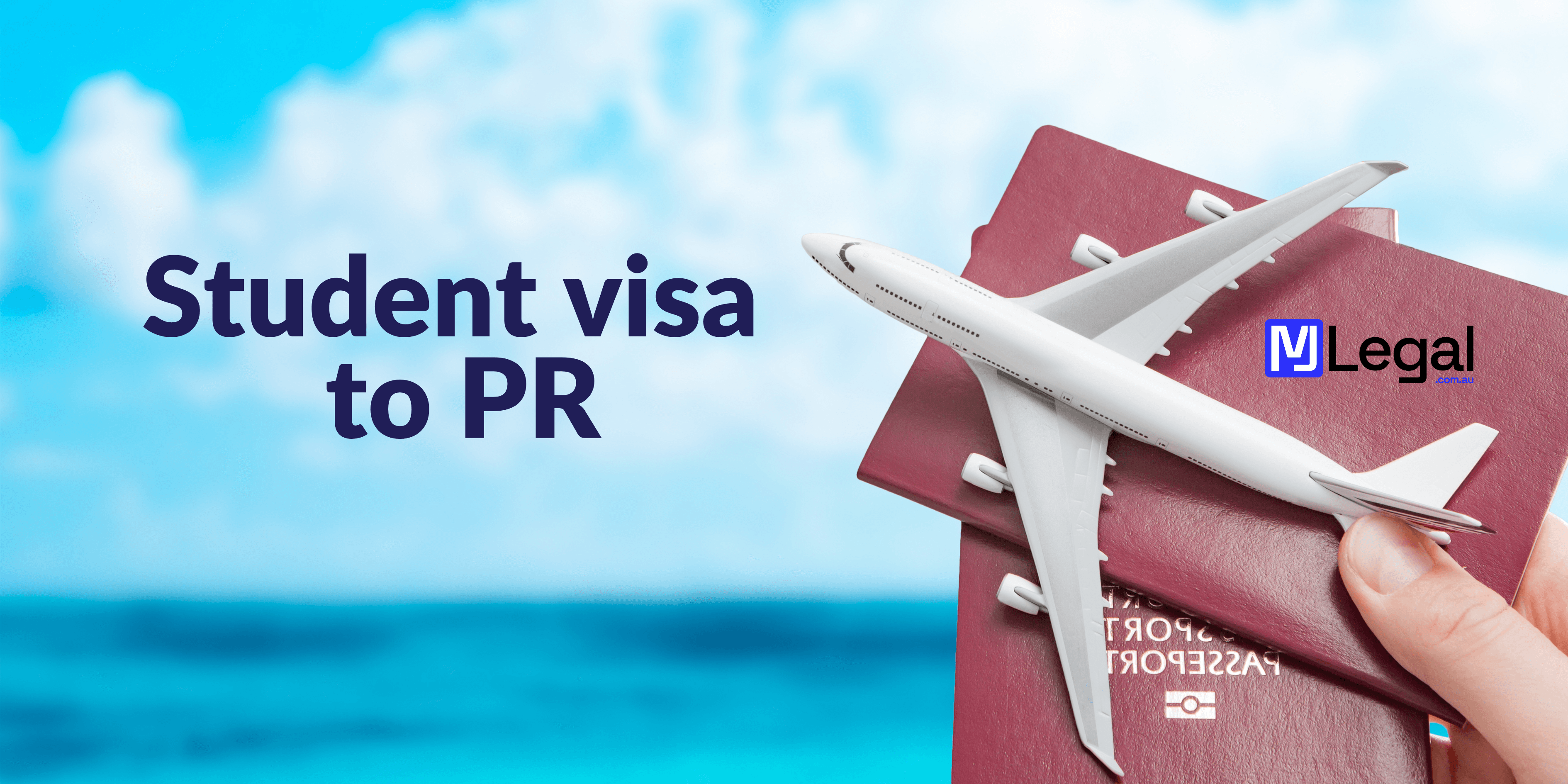Student visa to PR pathway

Skilled Migration Pathway
Skilled migration is a pathway that is very popular among the student migrant population in Australia. However, this is a pathway that is prone to many changes depending on the Australian government in power. The skilled migration visas are
If you are currently a student in Australia and looking for permanent residency you can choose to get PR thorough the skilled migration pathway.
Step 1- Temporary Graduate 485 visa
Once you have completed your studies in Australia, you can apply for the SC 485 Temporary Graduate visa. The 485 visa is a temporary visa which allows international students to live, work and study in Australia for a certain period of time depending on the stream that they qualify. This is an important visa which almost all of the international students in Australia utilize as a stepping stone in securing permanent residency in Australia. While on this visa, its recommended to have an occupation related to your studies and gain relevant work experience to enhance the chances of securing PR.
Step 2- Skill Assessment
A skill assessment is conducted in order to have an individual’s qualifications and skills assessed to determine whether those qualifications and skills can be evaluated as meeting the Australian standard for work in a particular occupation.
There are a variety of skill assessing bodies that have been nominated to oversee the skill assessments of particular occupations, and all these skill assessing bodies have different eligibility criteria to be met by the applicant. Individuals can ascertain the assessing body relevant to their occupation using the Australian Skilled Occupation List.
Step 3- Expression of Interest
An Expression of Interest is a means through which the individual can demonstrate, to the federal government, their intention to apply for a skilled migration visa and to migrate to Australia.
The EOI utilises a points system, on which applicants are expected to score at least 65 points in order to make them eligible to apply for the skilled migration visa. The points are awarded based on the individual circumstances of the applicant.
The current points test awards points based on the following:
-
Age
-
English Proficiency
-
Work Experience
-
Educational Qualifications
-
Specialist Educational Qualifications
-
Australian Study Requirement
-
Completion of a Professional Year Program
-
Credentialled Community Language
-
Regional Study
-
Partner Skills
Once the EOI has been submitted, having included all the necessary information to support the claim of points in the above categories, Individuals can then move to the next step in the process.
Step 3- Registration of interest
A Registration of Interest is a demonstration of willingness to the state government that the applicant intends to live and work in a particular state.
ROIs are not a requirement for every state but are considered mandatory in certain states. The following states require a registration of interest to be made following the expression of interest:
-
Victoria
-
Australian Capital Territory
-
Southern Australia
-
Tasmania
It is important to note that a ROI can only be made for one visa subclass (either the SC 190 or the SC 491) and that the applicant will only be considered for the visa subclass mentioned in the ROI.
As a result, if you wish to change the subclass you want to apply for, a new ROI will need to be submitted.
Step 4- Make an application
Once you have made your EOI and ROI, you will then need to wait until the federal government or state government issues an invitation. Some states require you to make a state nomination application once you are nominated by the state. Following this application, applicants must wait for an invitation prior enabling you to apply for a particular skilled visa.
Once the invitation is received, a visa application can be made for the applicant and the members of the family unit, if any.
Employer-sponsored Pathway
This pathway provides a higher potential for hopeful migrants to obtain PR but it is an avenue that is less explored by the student migrant population in Australia. The employer sponsored visas are:
-
Training visa ( SC 407)
-
Temporary Skills Shortage visa (SC 482)
-
Employer nomination scheme pathway (SC 186)
Step 1- Temporary Graduate 485 visa
Once you have completed your studies in Australia, you can apply for the SC 485 Temporary Graduate visa whether you are opting for a skilled migration pathway or employer sponsored pathway.
Employer sponsored pathway after your 485 visa
407 Visa (Training)
w
When your student visa is about to expire and you have to transition to another visa. You should make sure your transition would lead you to PR. Its recommended that you plan your PR pathway from your student visa. There are main two avenues through which you can explore your pathway to permanent residency in Australia. Utilizing these pathways is important as it would ensure that your time and resources would be well spent and also ensure that you wont fall into difficult situations which would force you to make decisions which will cost you money and also PR in Australia.
Need Legal Assistance?
Our experienced legal team is here to help you with your immigration and legal matters.






